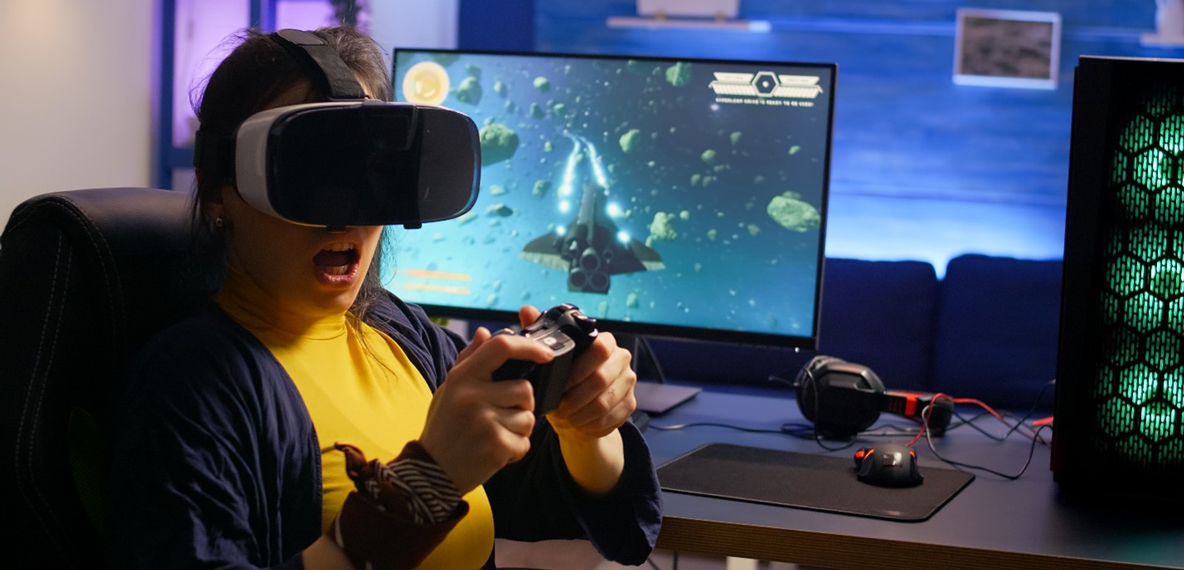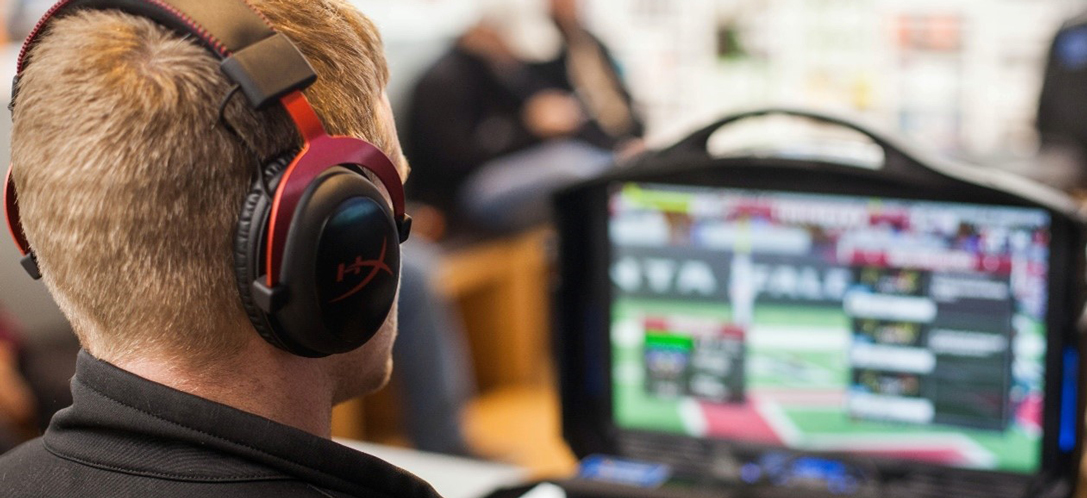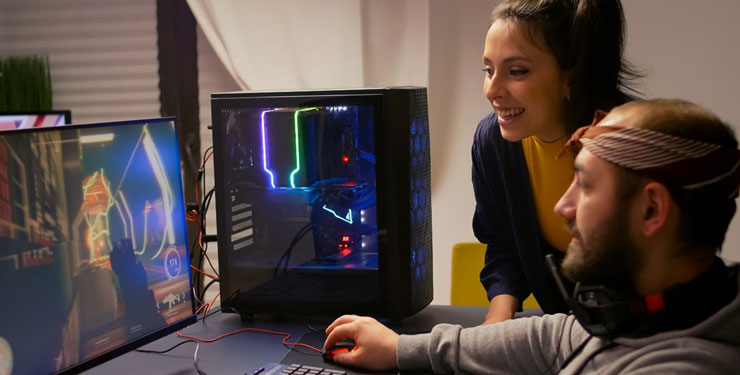
The Role of Esports in Academic Programming

Jessie made the esports team, but the passion didn’t stop there. Come to find out, the university would soon be offering a new cross-disciplinary program between computer science, engineering, and the art department centered around gaming design. Jessie hoped to develop new manufacturing techniques using augmented reality and gamification to increase plant production and quality. Esports didn’t have to stay a hobby, it could help launch a career.
Gaming is an industry that reaches beyond recreational activity and touches a myriad of industries. Esports can build soft skills for students—like stronger communication, teamwork, creativity, and critical thinking. They also gain valuable expertise surrounding technology, which is a requirement for jobs in a variety of industries.
By using gaming as an academic catalyst, students can gain valuable insight into several different fields.
Expanding Career Opportunities for Esports Enthusiasts
Esports majors, minors, degrees, and courses may have been novel in the past, but in recent years, many universities have uncovered the value of tying esports into their academic programming. Some students who engage in esports have set their sights on a career in traditional game and app design or gamification strategy development, while others go on to pursue marketing or social media (perhaps for esports teams); architecture, engineering, and construction (due to their understanding of 3D visualization and modeling); and industrial, mechanical, and product design for technology tools or products.
When higher education institutions weave esports into courses or even majors, they can strengthen their programs while investing in their students in the process.

At some universities, students work in multimedia classrooms that use analog and digital art techniques to develop new gamified technologies.
Reviving Arts Programs
Gaming in higher education also functions as a catalyst to the revival, or rather evolution of, arts programs across campuses. Many arts programs across the country are undergoing scrutiny as the trajectory of higher education continues to evolve—a fact especially true for liberal arts institutions.
To combat this, a partnership can be formed between the arts and gaming-related fields. While some of the corollaries are more direct, such as game design, character creation, and thematic music, they have limited application. However, with the expansion of gamification to other fields, the application of the arts and game theory can transform any number of industries. Examples include the gamification of fitness apps, the use of augmented reality in manufacturing and production, and the use of advanced visualization in the medical fields—all of which benefit from the support of more entrepreneurial, interdisciplinary programs. As these programs are considered, a new paradigm of academic learning spaces is to be developed that promotes creative exploration, technical knowledge, and amusement.
In my third and final blog in this series, I will share how the design of gaming suites can lead to a healthy and successful esports gaming environment. If you missed it, be sure to check out part one of this series, Collegiate Esports Programs Are Transforming the Fabric of Higher Education.
Author
Content Type
Date
September 14, 2021
Market
Topic
Esports



